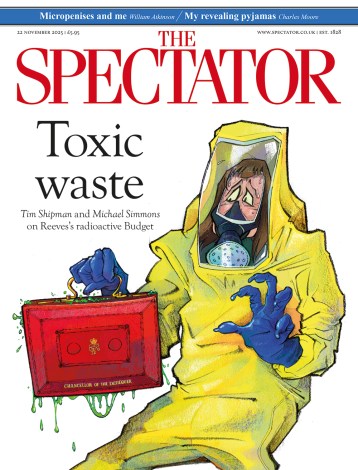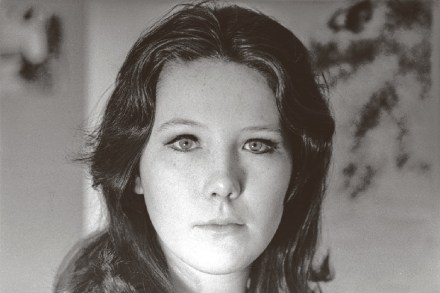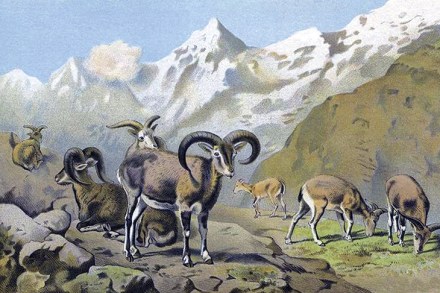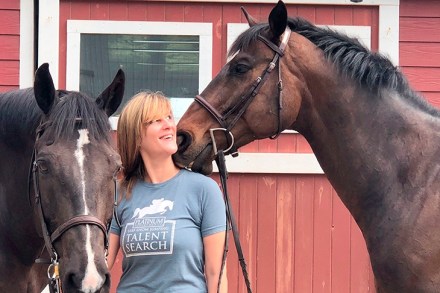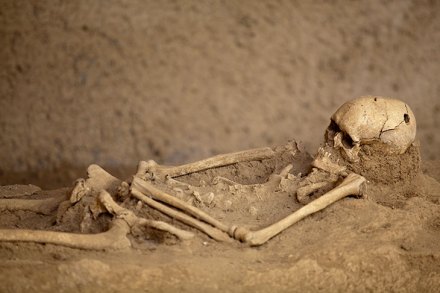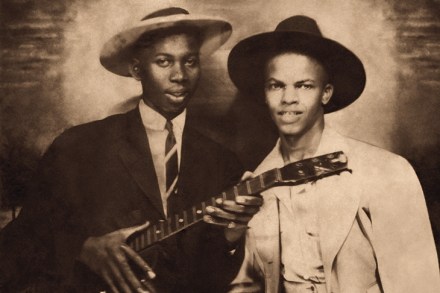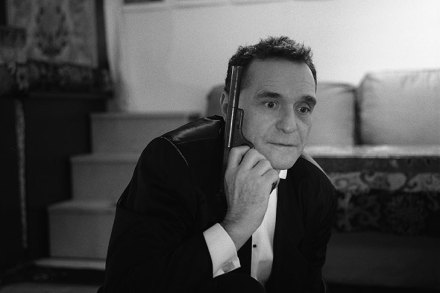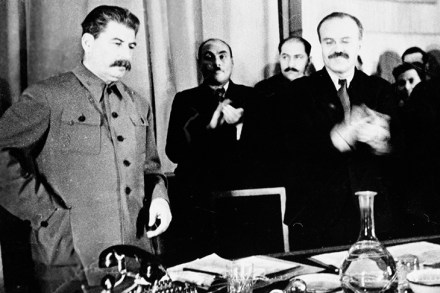The brutality of the Gulag was totally dehumanising
‘It was a gray mass of people in rags, lying motionless with bloodless, pale faces, cropped hair, with a shifty, gloomy look.’ Julius Margolin’s first encounter with Soviet prisoners takes place in August 1940 on the way to a labour camp in the north of Russia. Four years later, waiting at another transit point, he sees ‘semi-cripples, former, present and future invalids’, ‘bony shadows with hands and feet like sticks, in smelly tatters and dirty rags’. He has another year of horror ahead. A Polish Jew stranded in the USSR at the beginning of the second world war, Margolin refused to take Soviet citizenship and as a result was sentenced

